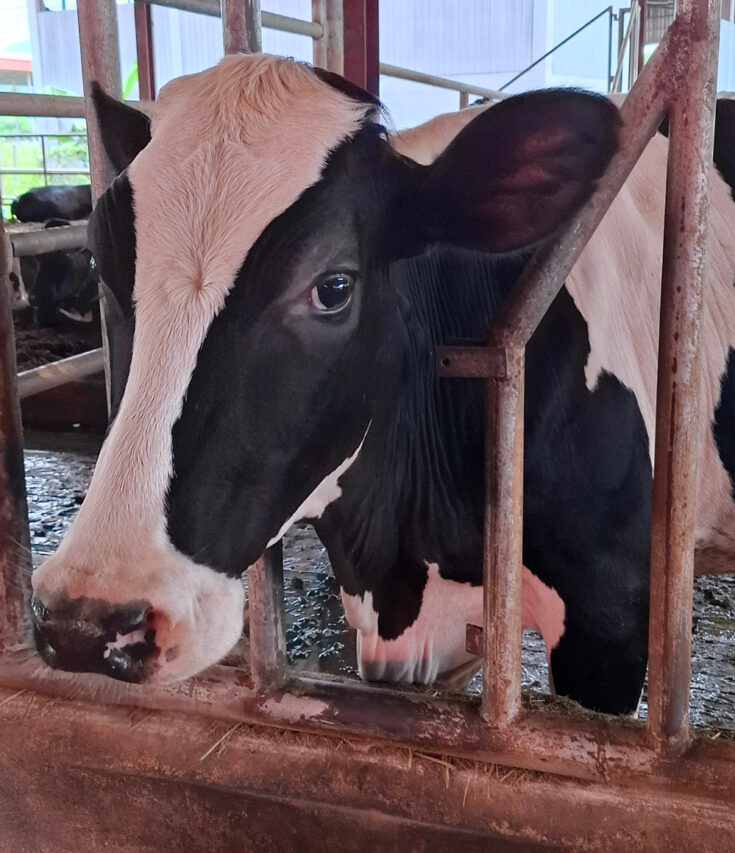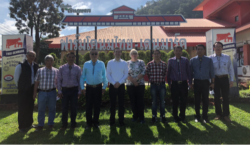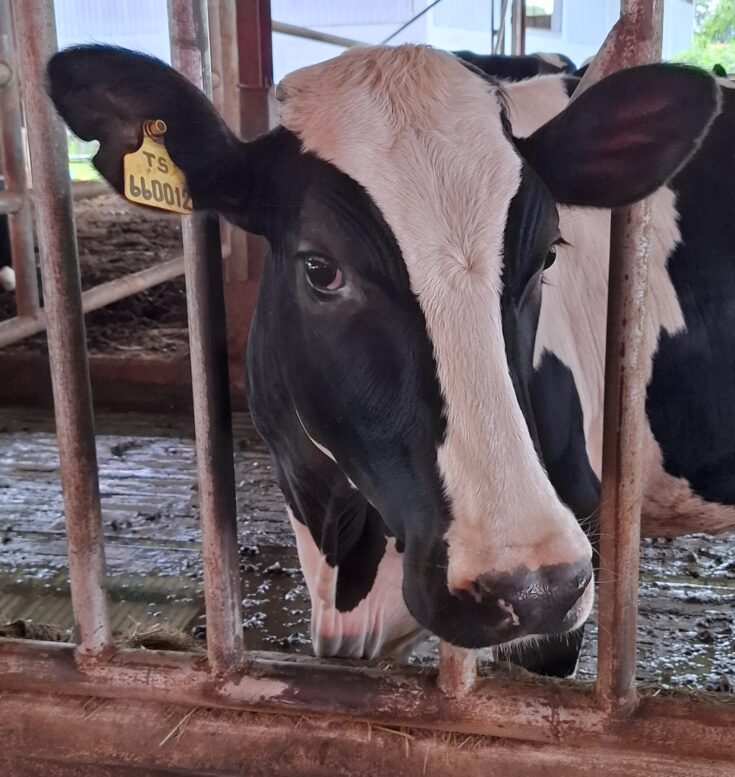
Heifer number TS 660012 is one of eight young cows at the Thai Danish Dairy Farm in Muak Lek that have had an embryo of a Red Danish Milking cow implanted in her uterus. Will she become pregnant? In another 45 days, we will know if she will be expecting a Red Danish calf that will look completely different from herself.
The breeding project is an attempt by the Thai Danish Dairy Farm in Muak Lek and the Danish government to bring back the original Danish Dairy cattle breed to Thailand which is currently dominated by Holstein Friesian stock based on US genetics.
When the Thai Danish Dairy Farm was established in 1962, Denmark sent a shipload of Red Danish Cows from Denmark to form the foundation of the first stock. Sadly, they all succumbed to a range of tropical bovine diseases which they were not immune to.
Next attempt was to crossbreed the Red Danes with the sturdy local Indian Brahman Cattle. Out came Half Danish cows that were immune but produced much lower milk than original Red Danes. Still they became famous as depicted as a mother and calf in red colour on all the products produced under the brand name Thai-Danish Milk. Colloquially, Thai consumers today call the brand “Red Cow”.
To improve the production, these second generation Red Danes were then crossbred with American Holstein Friesian stock. The result was the dominating black and white cattle that we see all over Thailand today. Paradoxically delivering milk to all the Red Cow products.
A few years ago, Denmark initiated a project together with DPO – the Dairy Promotion Organisation of Thailand to re-introduce the Red Danes – not for sentimental reasons but because Thailand today seriously needs to improve milk production per cow. They also need a breed that can be used as a beef breed once they have finished their useful lifetime.
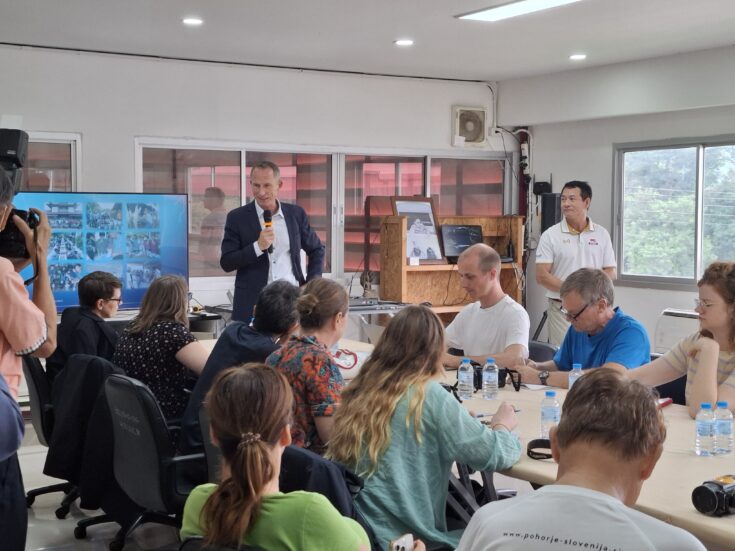
“When I came here in 2022, we were discussing with the DPO how we could help with this,” says Henning Hoy Nygaard, Minister Counsellor for Agriculture, Food and Fisheries at the Royal Danish Embassy in Bangkok.
“Viking Genetics, the Danish global market leader in sperm and embryos for the dairy industry, then offered to donate 9 embryos and several portions of sperm of Red Danes.”
The embryos were received exactly one year ago and kept in the freezer while preparing for the project. Dr. Nawanon Chantaprasarn, Head of the Dairy Farming Development Division of the DPO, explains where the project is today:
“The first test implantation failed to stick inside the uterus of the first heifer. Now we are waiting with excitement to see if some of the current 8 embryos will stick and produce genuine Red Danes with the immune system of their Holstein Fresian mothers.”
On Thursday 4 October 2024, an international delegation of agricultural journalists from 13 countries visited the DPO and the Thai-Danish Dairy Farm in Muak Lek to learn about this potentially major shift in Thai dairy farming from both Dr. Nawanon Chantaprasarn and Counsellor Henning Hoy Nygaard.
The majority of Thai dairy farmers are part of the DPO organization to which they deliver their milk production every day. They are paid by how many liters of milk they deliver and not by the solid matter or fat percentage of the milk. Henning Hoy Nygaard would like to see this change. Red Danes are not only good milk cows in terms of volume, they are also yielding milk with higher butter fat and protein content than the Holstein Friesians.
Dr. Nawanon confirms that should the Red Danes become the dominant breed among DPO attached farmers, not only would the milk volume but also the milk quality increase which would translate to higher income for the farmers.
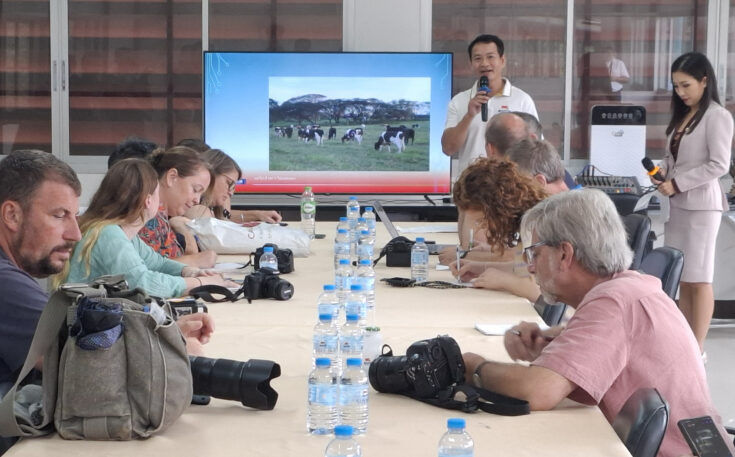
Currently, DPO sees a decline in the number of farms, the number of cows and total production of raw milk in Thailand.
“The consumption of milk in Thailand is also declining,” Dr. Nawanon says.
“The economic situation in Thailand today makes milk an expensive product for many families,” he elaborates. Consequently, not only DPO but also private sector dairies are struggling to increase their pricing to make the dairy sector more profitable.
